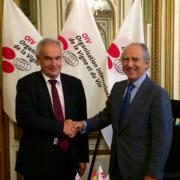
Mr de Miguel stressed the importance of maintaining and preserving the accomplishments of this very specific agricultural sector, of avoiding market disruptions and of establishing excellent methods. Mr Aurand thanked Spain for its strong technical and scientific contributions to the different OIV commissions as well as for lending its expertise, which benefits the whole global vitivinicultural community.
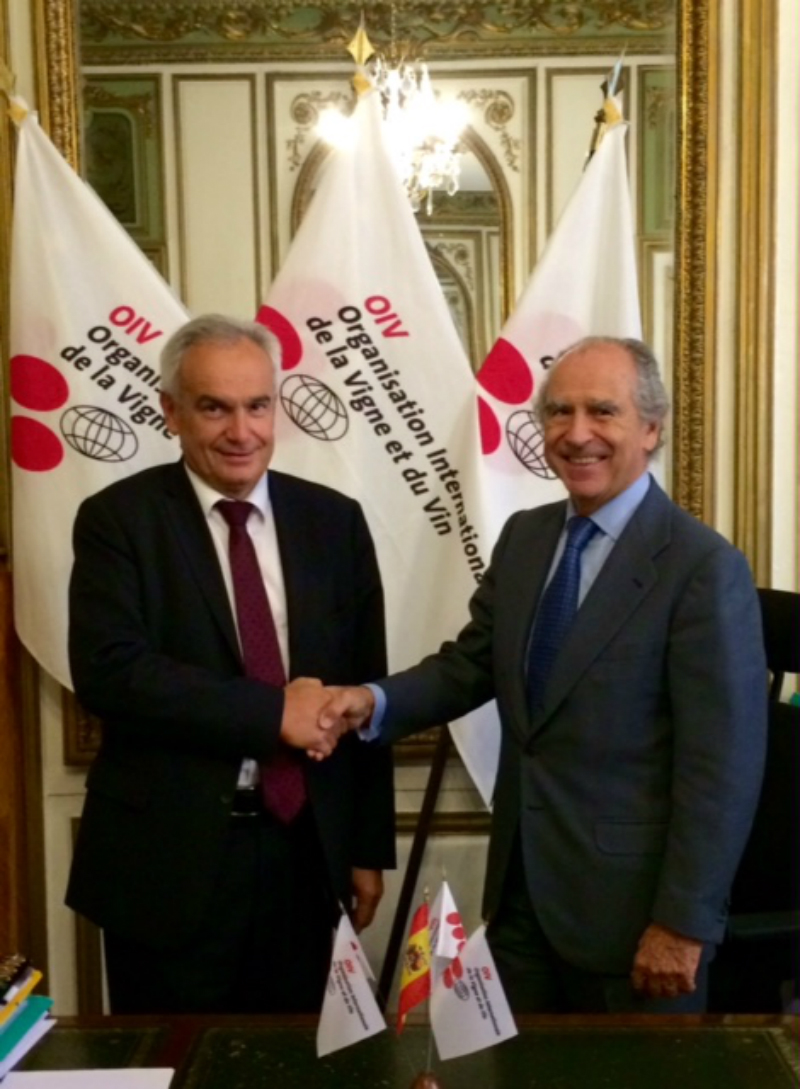
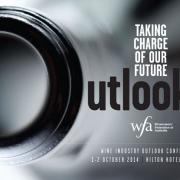
The conference brought together over 250 participants, mainly in the vitivinicultural sector. On this occasion, Jean-Marie Aurand gave a presentation on the situation of the world wine sector and its main developments. Australia is the 6th largest producer and 5th largest exporter in the world, with more than 60% of Australian production being exported.
During his visit, the Director General met with the representative for the Ministry of Agriculture, Mr Travis Power (Assistant Secretary), as well as the Australian OIV delegate, Mr John Power, and the Australian OIV experts, Ms Creina Stockley (President of the "Safety and Health" Commission) and Tony Battaglene (President of the "Economic and Situational Analysis" Expert Group).
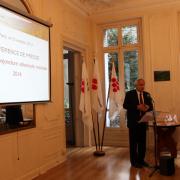
- France has once again become the biggest producer in the world (46.2 mhl), ahead of Italy, which saw a poor harvest (44.4 mhl)
- Spain has returned to an average level of production (37 mhl) after a record year in 2013
- Good level of production in the United States (22.5 mhl) for the 3rd consecutive year
- Significant decline in production in Chile (10 mhl) and in several Eastern European countries
- Record production on New Zealand (3.2 mhl) and high growth in Germany (9.7 mhl)
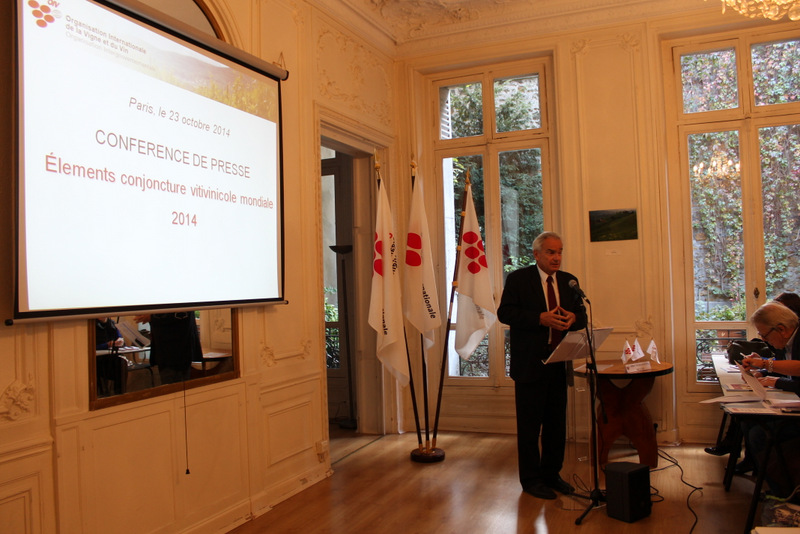
During the press conference that was held at the headquarters of the International Organisation of Vine and Wine, the Director General of the OIV, Jean-Marie Aurand, presented initial information about world wine production in 2014.
Global wine production, excluding juice and musts, is likely to reach 271 million hectolitres – a decrease of 6% compared with 2013, according to the OIV's early estimates for 2014.
Mr Aurand specified that the 2013 data was revised upwards (287.6 mhl) due to wine made from the must of grapes held in reserve, particularly in Italy and Spain.
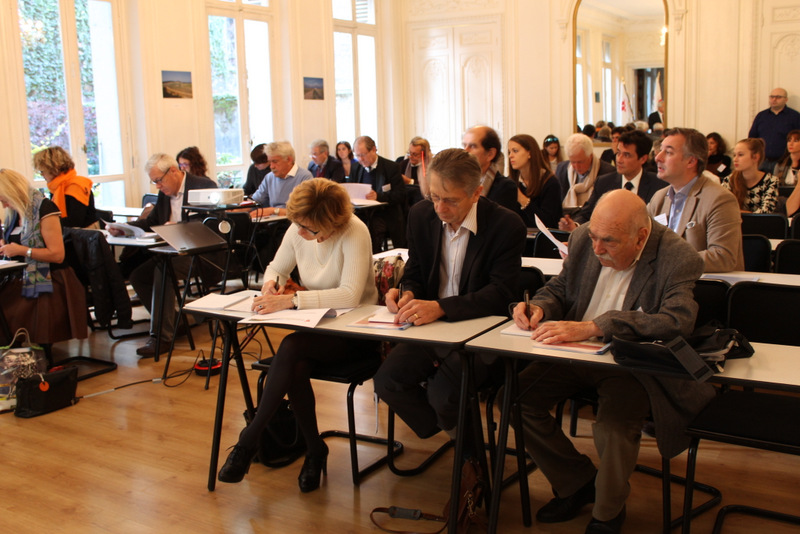
With only a few weeks to go until the opening of the World Congress of Vine and Wine, which will be held in Mendoza, Argentina (9-14 November 2014), the Director General of the OIV also emphasised the consolidation of global consumption, which is at this stage estimated at 243 mhl.
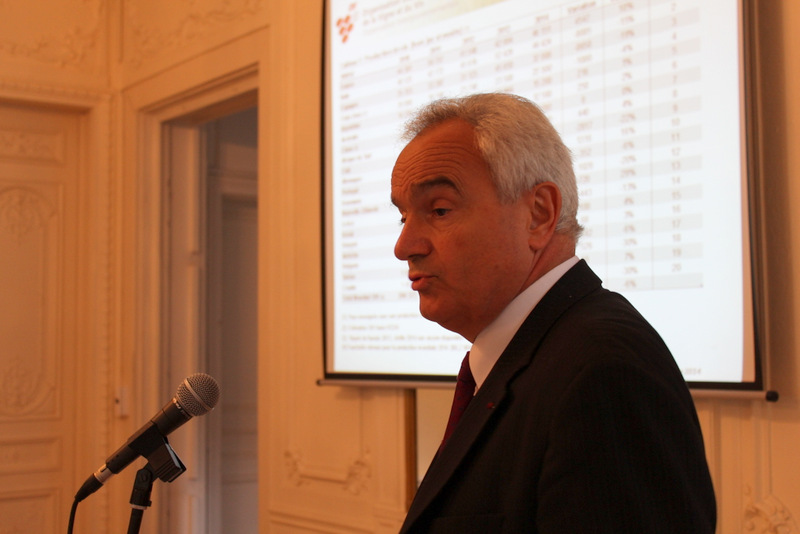
Read full Press Release
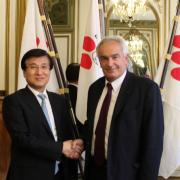
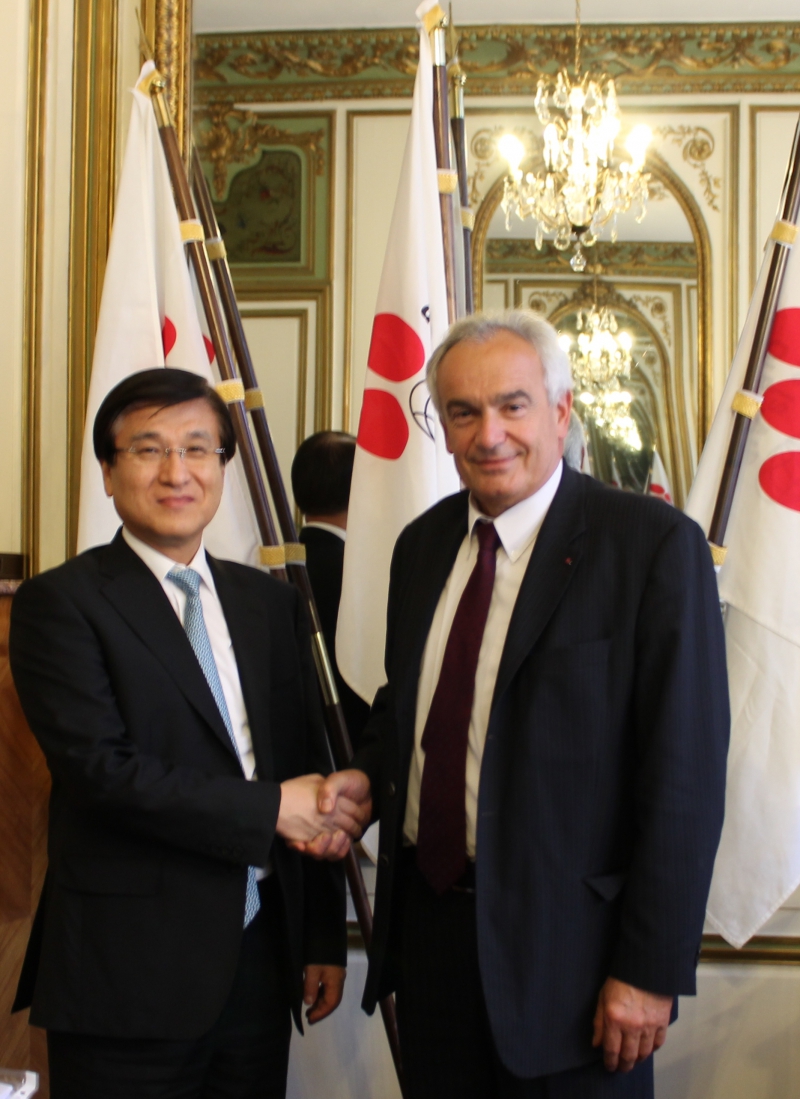
Mr Aurand presented in detail the functions and activities of the OIV and the advantage for consumer countries, in particular, of being involved in the work and the scientific community of the Organisation.
The Korean Ambassador highlighted the increase in wine consumption in his country, noting the growing share of Asian countries in global wine trade. The Director General of the OIV said that the contact he had made in Seoul with the ministries responsible for food and agriculture had led to a constructive dialogue and hoped that the Embassy could be an information relay to Korean Foreign Affairs in order to advance the idea of joining the OIV.
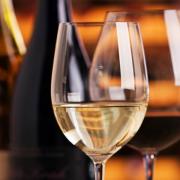
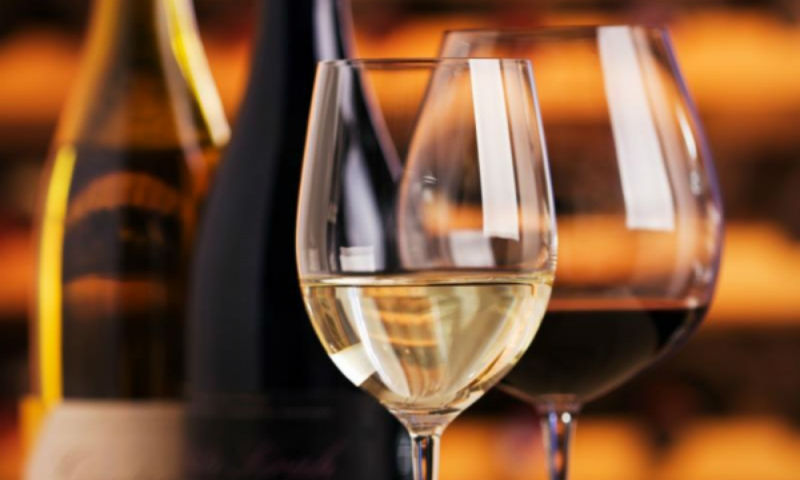
This Act supplements chapter V, Part VI of Book VI of the Rural and Maritime Fishing Code by Section L. 665-6 that reads as follows:
"Sect. L. 665-6. - Wines, vine products, viticultural terroirs as well as ciders and perries, spirituous beverages and beers derived from local traditions are part of the protected cultural, gastronomic and landscape heritage of France. "
Following in the footsteps of Uruguay or Argentina, which recognised wine as the "national drink", France is thus recognising special protection for wine and viticultural terroirs by integrating them into France's cultural, gastronomic and landscape heritage. It should be noted that the gastronomic French meal has been inscribed on the UNESCO Representative List of the Intangible Cultural Heritage of Humanity since 2010. This is a festive meal during which guests practice, for the occasion, the art of "good eating and drinking".